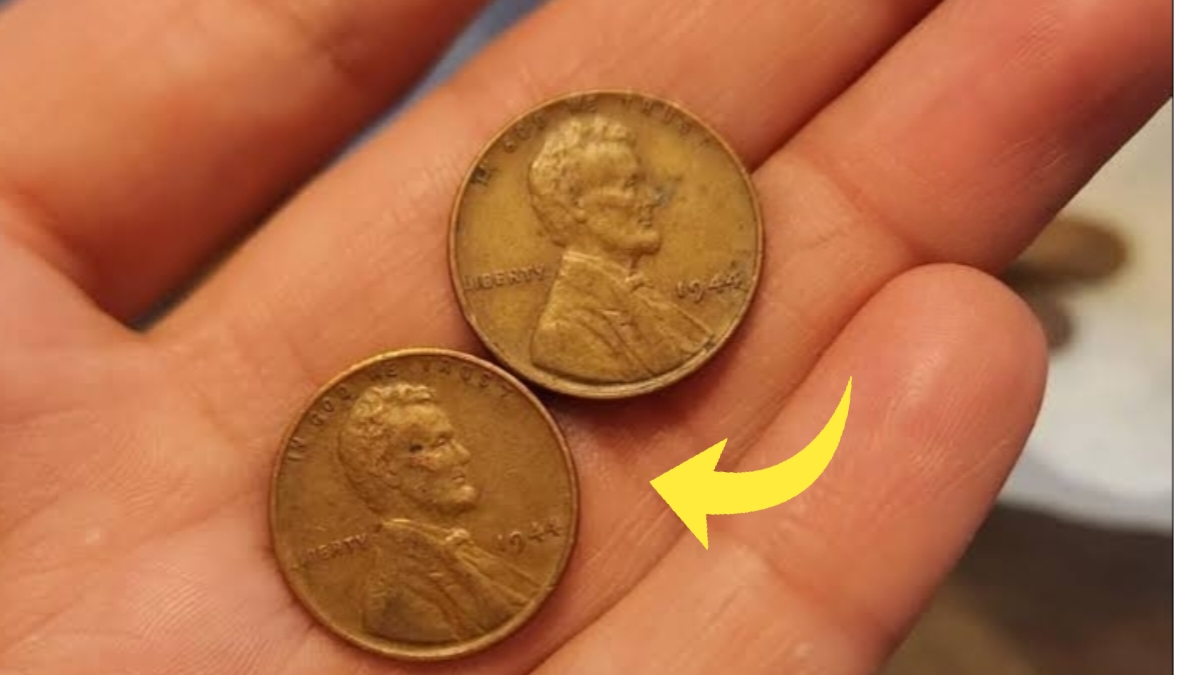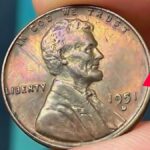The story of the $2.9 billion Lincoln Wheat Penny has sparked a wave of curiosity across the world. This small coin, once worth only one cent, is now considered a rare treasure in the coin-collecting world. Although its rumored price is exaggerated, it remains one of the most legendary coins in U.S. history. Collectors and enthusiasts are still actively searching for it, hoping to discover a fortune hidden in plain sight.
Wheat Penny origin
The Lincoln Wheat Penny was first introduced in 1909 to honor President Abraham Lincoln’s 100th birthday. This marked the first time a real person appeared on a U.S. coin, replacing the earlier symbolic figures. Designed by Victor David Brenner, the coin showed Lincoln’s portrait on the front and two wheat ears on the back. It remained in circulation until 1958 and is now a celebrated artifact in American numismatic history.
1943 copper error
In 1943, due to a copper shortage during World War II, the U.S. Mint began producing pennies from steel. However, a few copper blanks were accidentally left in the mint and used in that year’s production. These rare error coins are known as the 1943 Copper Lincoln Pennies. With only around 20 authentic pieces known to exist, they have become some of the most sought-after and valuable coins in American history.
Real value truth
Despite viral claims of the coin being worth $2.9 billion, this figure is far from reality. Most verified sales of the 1943 copper penny have ranged between $100,000 and $1.7 million. These values still make it incredibly rare and highly valuable. The exaggerated stories circulating online, however, have only added to the mystery and legendary status of this unusual coin.
How to identify
To identify a genuine 1943 copper penny, you must check both its date and material. Most 1943 pennies are steel and appear silver in color, while the rare copper ones look reddish-brown. A quick test with a magnet helps—steel sticks, copper does not. The weight also differs slightly, with copper coins weighing 3.11 grams, while steel ones weigh about 2.7 grams. This basic check can save collectors from making costly mistakes.
Other rare pennies
Apart from the 1943 copper coin, other Lincoln Wheat Pennies are also highly valuable. The 1909-S VDB penny is rare due to limited mintage and features the designer’s initials. The 1914-D penny is another example, often fetching high prices at auctions. Even common-year coins in perfect mint condition can sell for hundreds or thousands of dollars today. Collectors carefully study date, condition, and rarity when assessing value.
Modern discoveries
Even now, people find valuable coins tucked away in old boxes, inherited stashes, or forgotten collections. Some even discover rare coins inside coin rolls from banks. This ongoing possibility makes coin collecting a thrilling and rewarding hobby. It blends history, excitement, and the potential for real financial gain, drawing new enthusiasts year after year.
Check authenticity first
If you believe you’ve found a rare penny, never rush to sell it or guess its value. Always consult a professional coin grading service to confirm authenticity. These experts verify details like weight, composition, and mint marks. Once verified, the coin is sealed in a tamper-proof holder for security and resale purposes. This process helps protect both the collector and the value of the coin.
Legacy of the penny
The Lincoln Wheat Penny is more than just an old coin—it’s a piece of living history. It honors President Lincoln and reflects wartime struggles and government resourcefulness. A one-cent coin now tells a story of national change and economic resilience. That’s why this penny has earned a permanent place in the world of valuable historical artifacts.
Disclaimer: This article is for informational and educational purposes only. The actual value and authenticity of coins should be verified by certified coin experts or grading services. For accurate guidance, avoid relying on viral stories or unverified sources.





Bakri palan karna he mujhe
Loan
सभी सरकारी यौजना होती तो गरीब के लिये लेकिन इसका लाभ श्रीमंत लोग लाभ लेते है
Comming soon 1.20 lakh
Please 🙏